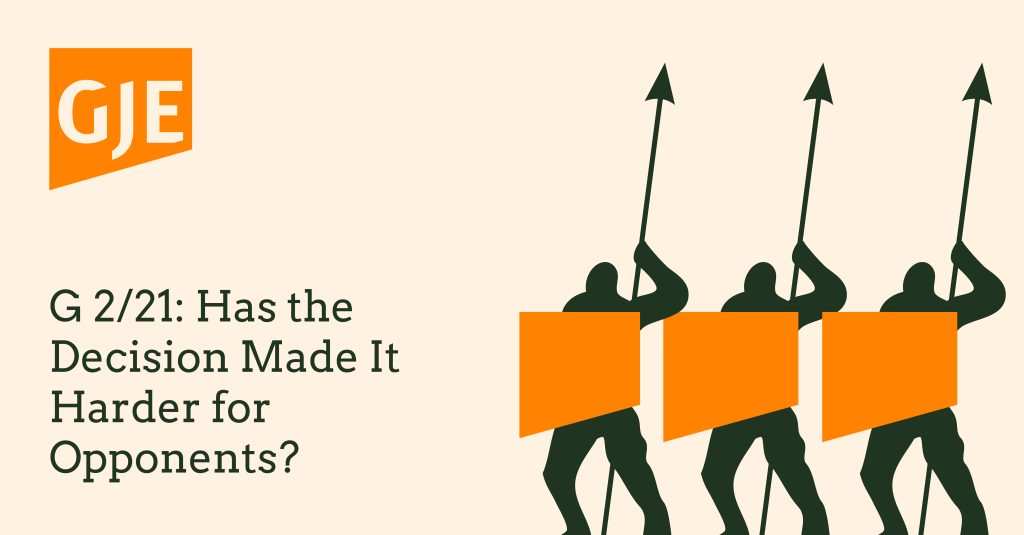What will the 2018 Fifa World Cup be remembered for? France’s victory? England’s resurgence? Senegal’s joyous training methods? Quite unusually, last year’s World Cup was probably most noteworthy for a technology deployment: the use of a video assistant referee (VAR) in football’s biggest tournament for the first time.
VAR proved divisive from day one of the tournament right up to the last, when France were awarded a contentious penalty in the final. What is undeniable, however, is that it had a major impact: decisions were awarded that wouldn’t have been, the game was slowed down, and audiences got a first-hand view of the action they previously didn’t have. It’s not beyond the realms of possibility that a 2018 World Cup without VAR could have had a different winner.
If nothing else, the use of VAR at the World Cup demonstrated the massive effect technology can have on sport, and made sport technology a key trend in 2018. Already, it has been announced that VAR will be used in the UEFA Champions League next season, and the Premier League has also agreed in principle to adopt the technology.
VAR is also far from being the only disruptive sports technology on the horizon, there are many more innovations waiting in the wings. For example, the Fifa World Cup also saw the BBC enable viewers to watch matches in virtual reality (VR) and, across the pond, Apple has demonstrated how augmented reality (AR) could transform the experience of watching Major League Baseball by displaying game and player stats live through an app.
Beyond changing fan’s experience of sporting events, the most exciting developments in sport tech are inventions that are designed for the competitors themselves – to help improve performance, optimise training, or even protect athletes. Here, wearables are a leading field of development – especially as the technology becomes more sophisticated, less intrusive, and easier to use.
What wearable technology could we see disrupting the world of sport in the near future? A look through recent patent applications gives us an idea of how different aspects of sport could be changed by inventions currently in development:
VR glasses for athletes
A patent for a system for using VR glasses for sports filed in May last year could well be a “game changer” for training and coaching. This invention involves players wearing VR glasses including cameras that capture the live gameplay from the player’s point of view. These images are relayed to the coach, who can view the real-time scenarios of the game as they unfold from the player’s perspective from their position on the sidelines, and send messages back to the player’s VR glasses. Not only does this give coaches a unique insight into gameplay that they didn’t have previously, but it also means coaches will be able to more effectively manage players in real-time while they are on the field.
Unobtrusive fitness devices
Player statistics are always important in sport – for the viewers, coaches, and players themselves. Wearables in the form of watches or bracelets are pretty commonplace for this application, but many athletes don’t feel comfortable wearing these while playing. However, one proposal, which incorporates the technology into the shin pads that players already use, could potentially provide a solution. Aggregating additional data without invasive or clunky devices is certainly an area of interest for the sporting world.
A technological alternative to contact sports
There are growing concerns about injuries – in particular, concussions – that affect players of contact sports such as American football and rugby, and the long-term effects they can have. However, non-contact alternatives are often viewed as uninteresting or unfeasible. One invention aims to address this challenge through shirts and gloves fitted with sensors to better create a “non-collision” alternative. The sensitive pads on both items communicate with a computer system that detects and registers data collected to determine if a tackle has occurred. Essentially creating a “high-tech” version of touch American football or rugby, the aim is to improve the gameplay of non-collision sports to make it a more appealing and reduce injury.
What’s in a patent?
These three ideas, each unique and focused on a very specific area of the entire sporting industry, could feasibly be adopted in the coming years – along with countless other inventions aiming to solve different challenges or enhance different sporting events. Having a patent can make all the difference in this arena, as it protects the invention from competition and therefore makes it more economically valuable.
Take Adidas’ iconic Predator football boot, for example. These boots – made famous by the likes of David Beckham and Zinedine Zidane – were designed and patented in the 1990s by footballer Craig Johnson, who came up with the idea of adding rubber to the outer surface of traditional boots to improve control while coaching children in Australia. Johnson sold the rights to the patent to Adidas, and the boot went on to be a great success, having been through numerous iterations in the last two decades. Despite the patent for the original design having now expired, the continued success of the Predator boot can be attributed to the brand protected by the Predator trade mark, the reputation of which was built through the exclusive use of the patented design in the early days by Adidas.
Think you have a sport tech idea that may be patentable? Or a brand you wish to protect? Get in touch via computertech@gje.com to find out how we can give your invention an edge over the competition.

